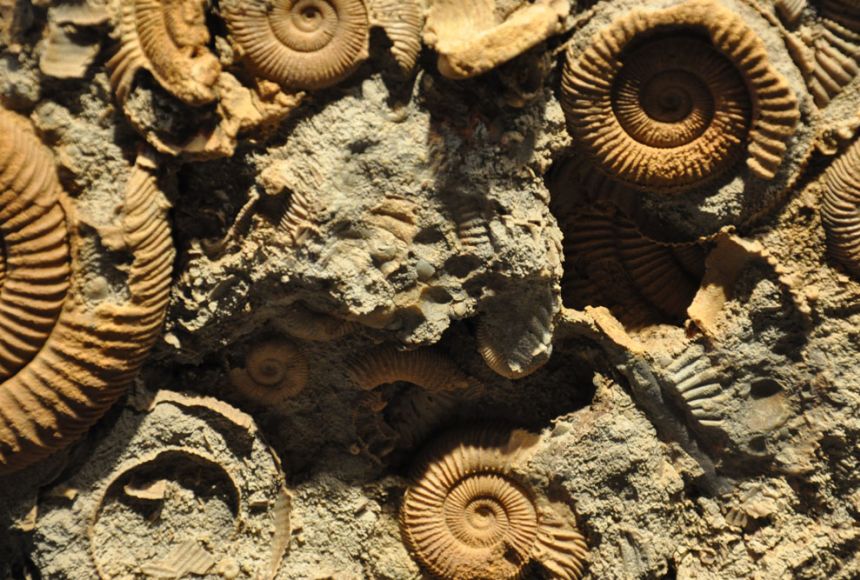Unveiling the Mysteries of Fossils: A Journey Through Time
Fossils are the remains of living organisms that lived on Earth millions of years ago. They are essential clues that scientists use to understand the history of life on our planet. Fossils come in various forms, from the imprints of leaves to the bones of dinosaurs. They provide us with insights into the past, allowing us to piece together the puzzle of how life evolved on Earth. In this article, we will delve into the fascinating world of fossils, exploring their types, how they form, and what they can tell us about our planet's history.
What are Fossils?
Fossils are the remains or traces of living organisms that have been preserved in rocks or other geological deposits. They can be anything from bones, shells, or teeth to imprints, tracks, and even feces. Fossils form when the remains of an organism are buried in sediment, protecting them from decay and scavengers. Over time, the sediment hardens, creating a rock layer that preserves the fossil. The process of fossilization is a rare occurrence, and only a small fraction of all organisms that have lived on Earth have been preserved as fossils.
Types of Fossils
There are several types of fossils, each providing different insights into the history of life on Earth. Some of the most common types include:
Body Fossils: These are the preserved remains of an organism's body, such as bones, teeth, and shells. These fossils provide information about an organism's anatomy, behavior, and evolution.
Trace Fossils: These are the traces left behind by an organism, such as footprints, burrows, and feces. Trace fossils provide information about an organism's behavior and habitat.
Petrified Fossils: These are fossils in which the organic material has been replaced by minerals, such as silica or calcite. This process preserves the original structure of the organism, but often results in a heavy, rock-like specimen.
Imprint Fossils: These are fossils in which an impression of the organism, such as a leaf or feather, has been preserved in rock. Imprint fossils provide information about an organism's physical characteristics and the environment in which it lived.
How do Fossils Form?
Fossils form when the remains of an organism are buried in sediment, such as sand, mud, or volcanic ash. The sediment protects the remains from decay and scavengers, allowing them to be preserved over time. As more layers of sediment accumulate, the pressure and heat cause the sediment to harden into rock, creating a fossil. Fossilization is a rare process, and many factors must align for it to occur. The organism's remains must be quickly buried, and the sediment must be able to harden before the remains decay or are destroyed by geological processes.
What Can Fossils Tell us About the Earth's History?
Fossils provide a unique window into the history of life on Earth, allowing scientists to reconstruct the past and understand how life has evolved over time. Fossils can tell us about the physical characteristics of extinct organisms, their behavior, and the environment in which they lived. They can also provide insight into past climate conditions, the evolution of species, and the extinction events that have occurred throughout history. By studying fossils, scientists can piece together the history of life on Earth and gain a deeper understanding of our planet's complex and ever-changing history.
Fossils are a critical tool for understanding the history of life on Earth. They provide valuable insights into the physical characteristics, behavior, and environment of extinct organisms, allowing scientists to reconstruct the past and understand how life has evolved over time. While fossilization is a rare occurrence, the fossils that do exist provide a fascinating glimpse into the history of our planet, and the ongoing study of fossils continues to unlock new mysteries about the past.
Labels: Interesting, science, Technology


0 Comments:
Post a Comment
Subscribe to Post Comments [Atom]
<< Home